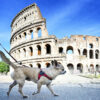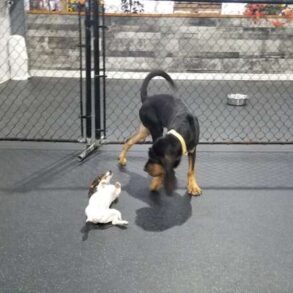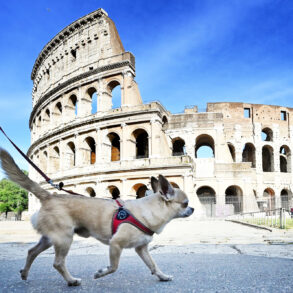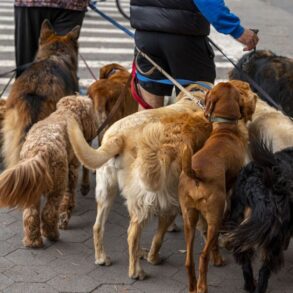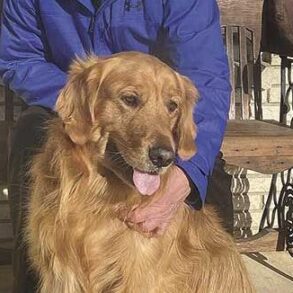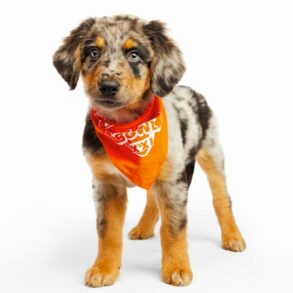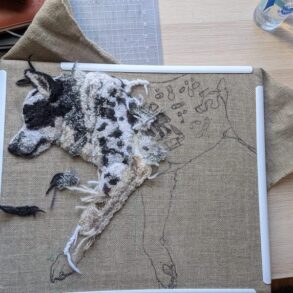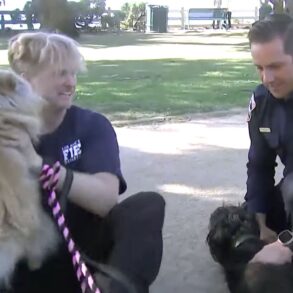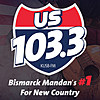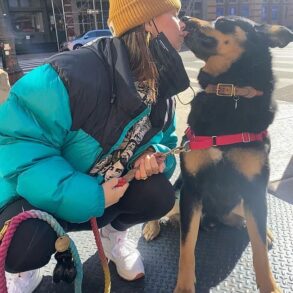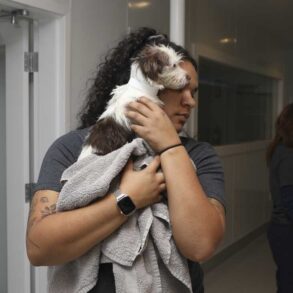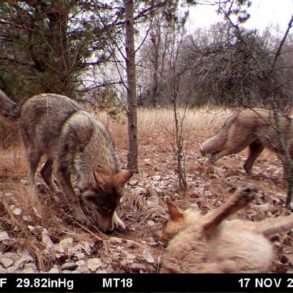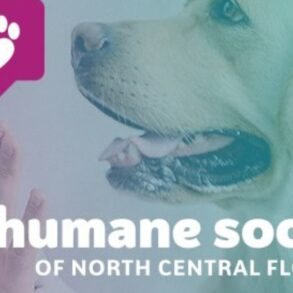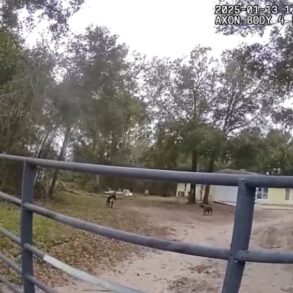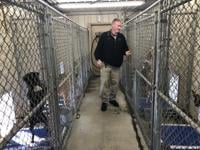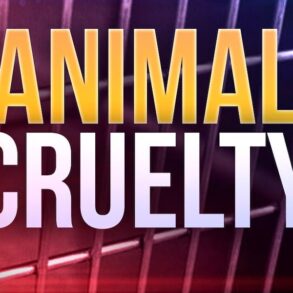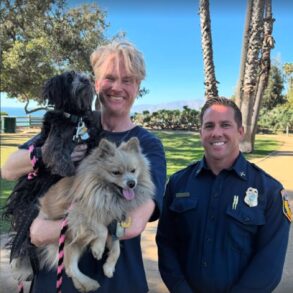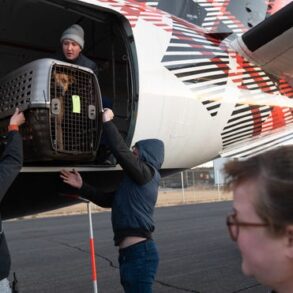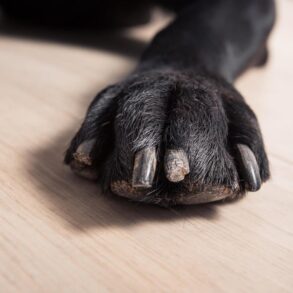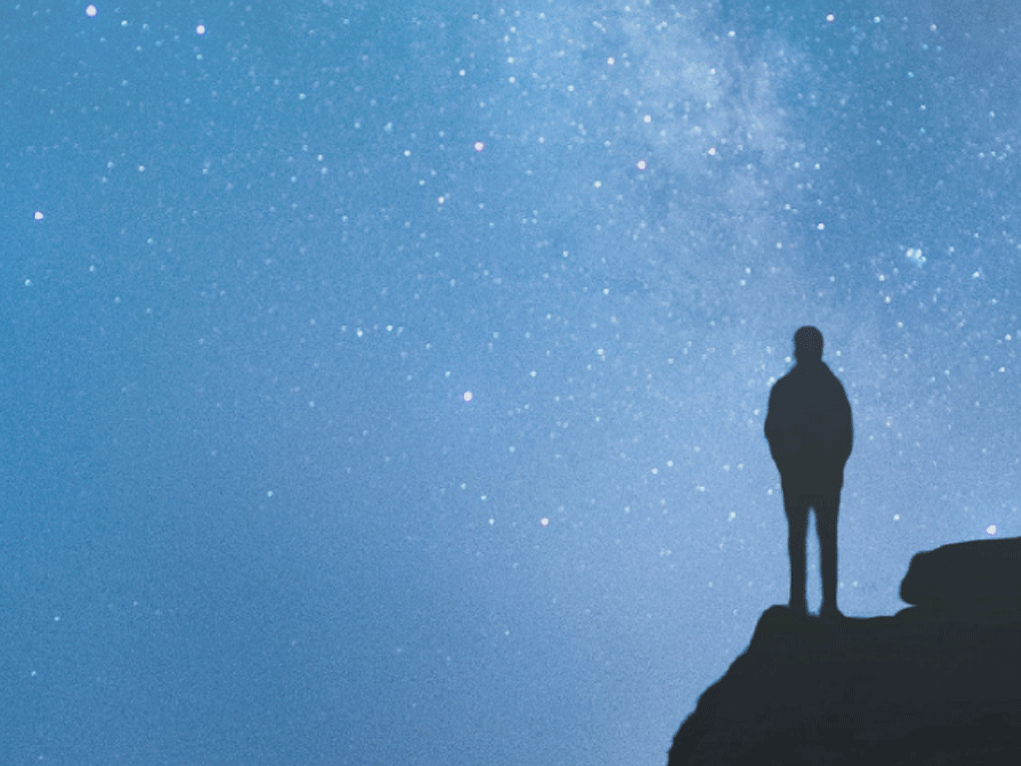
Several years ago, I was privileged to write an article in these pages titled “Are You a Man or a Mouse?” This subject was later explored in my ArtScroll book Blueprints. The issue was, “What is the Torah attitude toward animals?” We quoted the opinion of a popular Jewish but non-religious author named Yuval Noah Harari. He writes (Sapiens, Harper Collins, page 54) that “there is no barrier between humans and other beings.” We also noted the obvious, that this view was most famously articulated by Charles Darwin in the 19th century with his theory of evolution and, in the interim, has demoted mankind considerably. While the Kuzari (by Rav Yehudah Halevi) established five levels of existence—the inanimate, agricultural, animal, man, and Klal Yisroel—Darwin took us down to the apes, dogs, and cats (see Pachad Yitzchok, Sefer Hazikaron, page 83). Rav Yitzchok Hutner pointed to Karl Marx and Sigmund Freud as the other two “thinkers” who took mankind down from the pedestal to which the Creator had placed man.
As we discussed in these essays, this distortion of man’s position at the center of the universe has had devastating ramifications for all mankind. Most recently, the tragic fires in California were at least in part caused by the woke attitude that reservoirs and water sources could be withheld from human beings to save a creature called a smelt. This fish is not even an endangered species, yet saving some of them from destruction is still causing, at this writing, widespread human misery. Furthermore, the likes of organizations such as PETA lobby for prohibitions of animal experimentation to save human lives.
Now, the Torah (see Bava Metzia 32-33) is clearly opposed to inflicting unnecessary pain upon animals. Therefore, we have also opposed animal experimentation to produce better cosmetics and luxury items that do not provide medical solutions to illness or disease. We are also prohibited from eating until we have fed our animals (Brachos 40a). However, once animals are equated with human beings, it is inevitable that the human race will lose out on many cures and solutions to human suffering.
Recently, in a phenomenon that even the New York Times (Sunday Magazine, January 12, 2025, page 19) has called a “craze,” dog owners are now “endeavoring to talk to their pets.” This itself is not so strange, except that now, dogs have been given opportunities to ostensibly express their opinions on many matters. Of course, Charles Darwin, “a lifelong dog owner,” is referenced, and various dog owners have been quoted as admitting that their dog’s “opinion matters, her feelings matter, and her thoughts matter.” Partially because “Covid restrictions” encouraged more home experimentation with pets, the field of animal behavior known as ethology has now concluded that we can, in fact, discover the true thoughts and aspirations of man’s best friend. This new approach apparently began in 2019 with a study by Federico Rossano, an associate professor of cognitive science at the University of California, San Diego. He and his team assembled “the largest animal communication study ever tried, with 10,000 dogs and cats in almost 50 countries in the world.”
Despite a great deal of skepticism in the scientific community, Rossano attempted to utilize scientific systems such as double-blind testing and controls. The animals are given opportunities to press buttons that will communicate their desires and “thoughts.” Interestingly, some scientists have actually adopted the Torah view, without, of course, calling it such. For instance, Herbert Terrace, an expert on the subject, has authored a book titled “Why Chimpanzees Can’t Learn Language and Only Humans Can.” We might answer his question much more briefly by saying, “Because we are human and they are not.”
A fascinating study by Irene Pepperberg, a research professor at Boston University, now claims that Alex, her African grey parrot, “asked questions, performed simple addition, and even coined neologisms.” Because of her 30-year study, “parrots are now widely recognized to have an intelligence roughly comparable to that of a five-year-old child.” Anything to equate various creatures to human beings, as per Darwin and his colleagues.
Of course, as my rebbi explained long ago, the reason for this odd longing to equate us with the animal world is that it releases us from human responsibilities and obligations. We know (Derech Hashem 1:5:1) that man is inherently superior to beast, which were all created to serve him (Kiddushin 82b). The Torah itself (Bereishis 98:2) makes clear that originally every animal was created to instinctively fear and be in awe of human beings. Nevertheless, this lasted only as long as man himself feared his Creator. As soon as mankind no longer exhibited yiras Shomayim—the proper fear of Heaven—the animal world concomitantly “no longer perceived the tzelem Elokim upon man” (Shem M’Shmuel, Shelach 5673).
The wisest of men, Shlomo Hamelech, predicted this sorry state of affairs long ago. He said one Sukkos at Hakhel and wrote (Koheles 3:19) that there would come a time when it would be difficult to distinguish man from beast: “For the fate of men and the fate of beast—they have one and the same fate. As one dies, so dies the other, and they all have the same spirit. Umossar ha’adam min habeheimah ayin ki hakol hovel—Man has no superiority over beast, for all is futile.” We recite these words at the pinnacle of the year, on Yom Kippur at Ne’ilah, because Hashem knew and taught His wisest people that mankind will be in grave danger of equating man and beast, which will cause an alarming diminution of the tzuras adam, the very essence of mankind.
At first, we are even puzzled that Koheles would repeat this canard against mankind without refuting it. However, the meforshim (see Maharsha, Brachos 30b, and Chida quoted in Chochmas Koheles, 3:260) teach that the word ayin in that posuk stands for aval yeish neshamah—but we have a soul. The equation between man and beast is an illusion, a test, and a declaration that we must look deeper than the surface. We may occasionally look like animals and even act like them, but when we look at the essence of each, we will realize that man is not only light years above the beast, but a different entity entirely, as the Kuzari taught us.
The Maharal (Tiferes Yisroel, chapter 52) offers us a dramatic proof of this distinction. He quoted a Medrash in Koheles Rabbah that teaches that the posuk quoted above from Koheles actually reveals the quintessential distinction between man and beast. When we seem the most alike—in death, since we are both put into the ground—we are actually the most different. We are dressed in tachrichim, shrouds, so that at techiyas hameisim, when the dead will arise, we will not be humiliated but will maintain the dignity of being a human being. It is only recently that some pet owners have begun to treat their favorite animal as a human being is in death. Five hundred years ago, the Maharal was still able to make the universal statement that human beings are different than animals in death. But even today, we rarely hear anyone expect to meet their beloved dog or cat in the afterlife, whereas every believing Jew does many things to remember that the dead are really just in a holding pattern, waiting to return. The funeral rituals, along with Yizkor, yahrzeits, Kaddish, and much more, affirm that for us as human beings, dying is just going through one door to enter another.
One of the great Chassidic rebbes, who was also a posek of note, the third Lubavitcher Rebbe (Tzemach Tzedek, Even Ha’ezer 269), interprets the word ayin differently. He reminds us that ayin means “nothing.” He therefore explains the posuk as stating that what distinguishes man from beast is the ability to be “nothing,” meaning absolute humility. The Abarbanel (Bereishis 2:20) also points out that Adam could not find a mate in the animal world, and so Hashem made him a helpmeet from his own body. This was at least in part to give him a constant reminder that he is not, those who believe in evolution notwithstanding, merely another more talented mammal.
Although a good deal of mankind is trying to escape from our unique status as human beings, we must embrace it with joy and gratitude. We have the privilege of being like G-d Himself. What could be grander and more sublime?
We must urge our leaders, even the most secular, to affirm our status and be better than the animals. Of course, we can cherish them as pets or even food sources, but we must always realize that we are closer to G-d than to any ant, zebra, or anything in between A and Z. We don’t need to discover the secret thoughts of dogs or cats. Let’s purify our own thoughts as best as we can and then use them to perform wonderful actions glorifying our lofty status as the purpose of the universe.
This post was originally published on this site be sure to check out more of their content.



